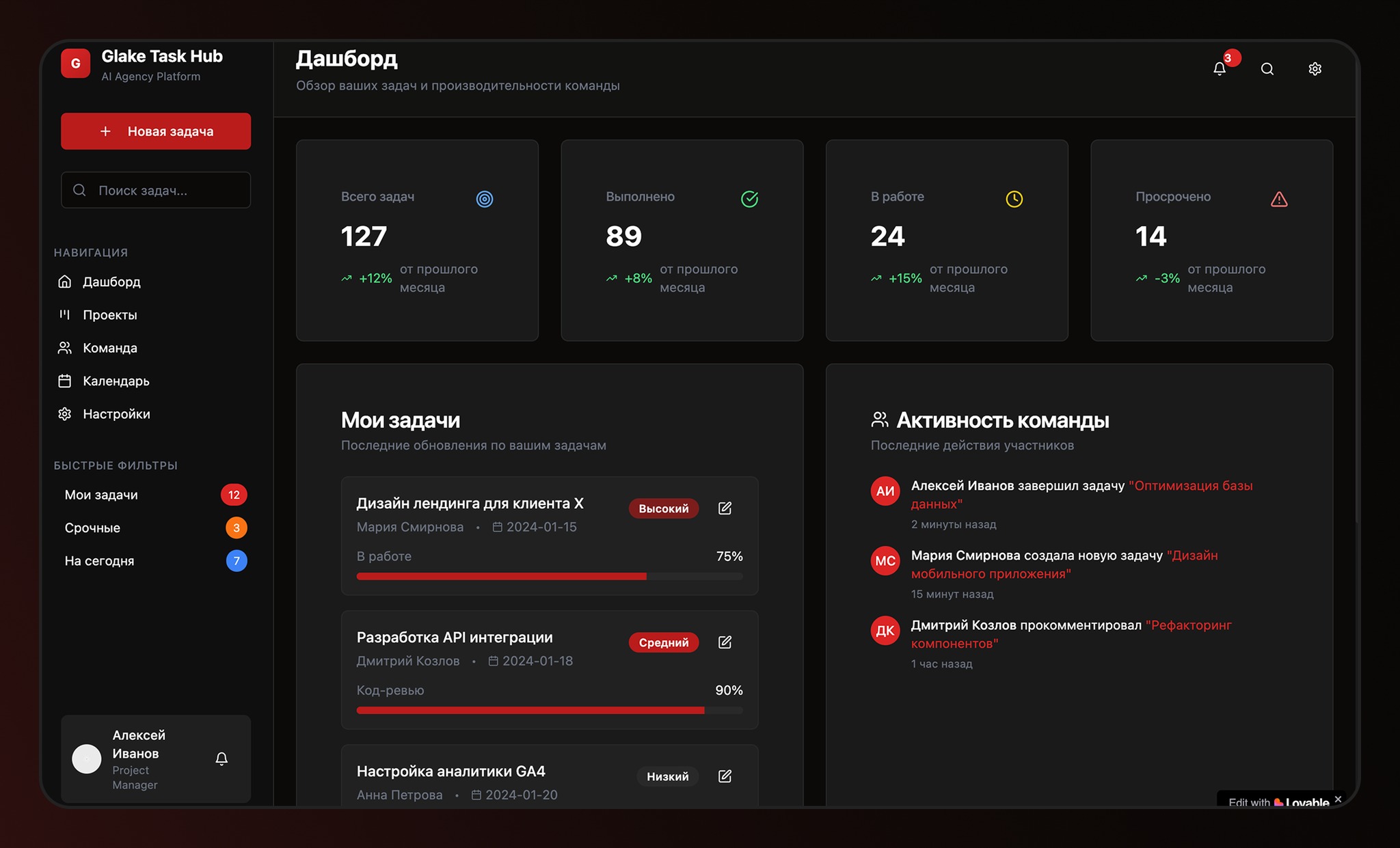UUID is short for Universal Unique Identifier, which means that we are considering a machine-generated unique identifier for a certain range.
This means that two correctly generated UUIDs have little to no chance of being identical, even if they are generated in different places and environments. That’s why we’re talking about a unique identifier.
To ensure its uniqueness, elements are defined, including the MAC address of the network card of the computer on which it was created, the timestamp, namespace, a random number (although sometimes it is pseudo-random) and other elements, as well as an algorithm for generating the UUID itself from everything that we are talking about. you have been told.
All this complexity means that only a computer can generate it, if we want to guarantee its singularity, that is, its uniqueness at all.
None of them can be specified manually. This makes sense, as no normal user needs to know what objects are associated with a UUID, because if they could, they would risk duplicating them and making them unusable.
What we need to be clear about is that the main purpose of the algorithm determined by the generation of the UUID is to be unique, unique, and completely trustworthy.
UUID: Versions
UUID is 16-byte 128-bit number, which is usually represented as a 36-byte string. Letters are expressed in hexadecimal format.
We can say that it consists of several parts:
- Timestamp and UUID version number they are divided into three segments and occupy 16 characters (60 bits and 4 bits).
- watch serial number occupies 4 characters (13 bits + 3 bits).
- Whereas the identifier takes 12 characters (48 bits).
UUIDs have several versions with different algorithms and ranges.
These versions are:
- Version 1: A timestamp, a clock sequence, and a value specific to the generating device (usually a MAC address) are combined to create a unique output.
- version 2: in this case, we are talking about the evolution of version 1 for use in a specific computing environment, such as DCE.
- version 3: If we use MD5 to encode “namespace” and “name”, we will create a value that is unique to that name in the namespace. The big difference with others is that if we generate a UUID with the same namespace and the same name, it will generate exactly the same one, so we’re talking about a method where the if can be two equal (this only happens here).
- version 4: most used today because it uses a host random or pseudo-random number source to produce its values. This ensures that it is nearly impossible for any two UUIDs to be the same.
- version 5: it is very similar to version 3, except that it uses the SHA-1 algorithm, which is more secure for encryption.
We are using the version we are using, the id we will see will be pretty much the same except for the details that are in each version being the numbers 3 and 5 are the most commonly usedmost notably number three for its random nature.
An example of a UUID string could be:
16763be4-6022-406e-a950-fcd5018633ca
As you can see, the value is presented in the form of five groups individual alphanumeric characters by scripts. The hyphens are not a required component of the string, because all they do is make the identifier much easier for the human eye to perceive.
USING A UUID
UUIDs are often used to create decentralized unique identifiers. They are generated as safe internally, on the client device, or in your database.
Previously, most applications used an auto-incrementing integer field as the primary key. This resulted in the identifier not being known until it was in the database. Thanks to the UUID, it can be identified much sooner.
Let’s see a PHP demo without using a UUID.
The property must be set to null because the real ID cannot be known because it must happen after the database is logged in.
If we want to solve this problem, we just need to change to UUID to solve the problem.
Now identifiers can be generated without problems, knowing them and, therefore, without the risk of being duplicated.
This ensures that object instances always represent a valid state and do not need ID properties, in addition to simplify the management of secondary records which need a reference to their parent element (such as the author) can be inserted on the fly without waiting for the base of all elements to be inserted.
UUIDs also help you combine data from different sources. They are unique, which makes them the best choice for replicated structures and data that moves frequently between different storage systems.
However, UUIDs have certain disadvantages such as four times more than whole numberswhich can be an obstacle for large datasets.
Another disadvantage is that the values hard to sort and index, especially on the more common random UUIDs. In some cases, this may adversely affect performance.
In any case, this last thing we’re talking about can be relaxed if UUIDs are used as binary data, as happens in databases like PostgreSQL or mysqlwhere the UUID string can be converted to binary.
We hope that after reading all this, you have a better understanding of what UUID is, how it works, and what features, pros and cons it has.
Source: Computer Hoy
I am Bret Jackson, a professional journalist and author for Gadget Onus, where I specialize in writing about the gaming industry. With over 6 years of experience in my field, I have built up an extensive portfolio that ranges from reviews to interviews with top figures within the industry. My work has been featured on various news sites, providing readers with insightful analysis regarding the current state of gaming culture.












